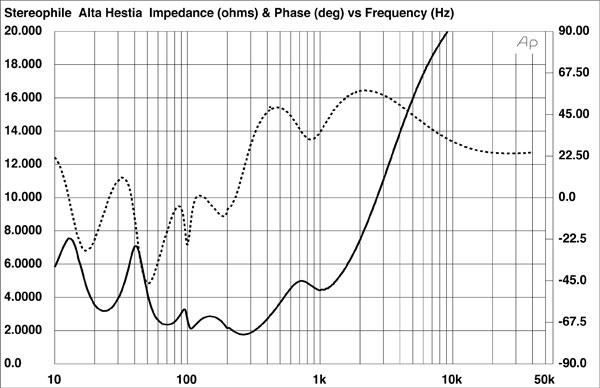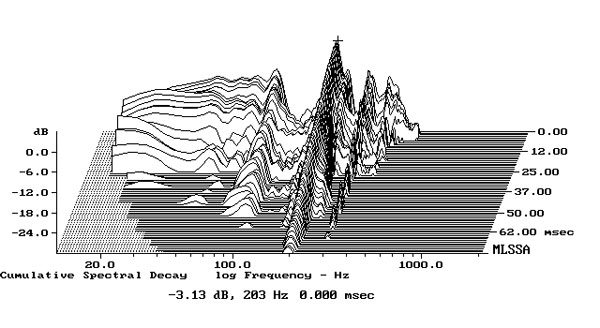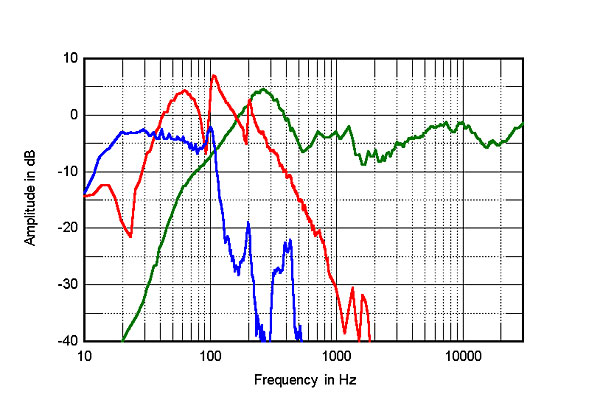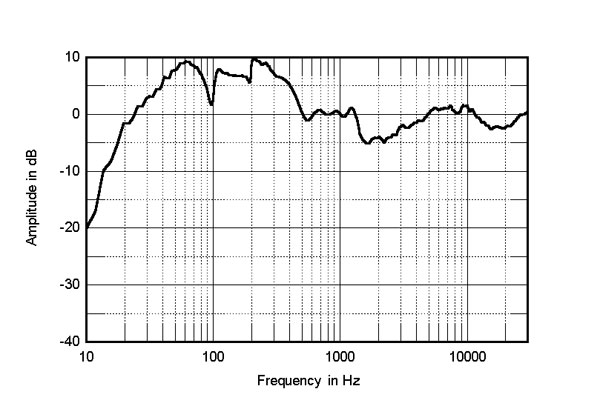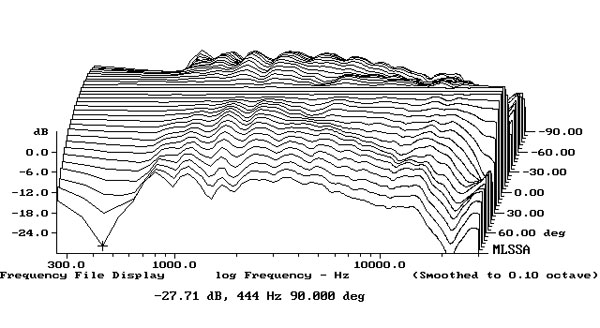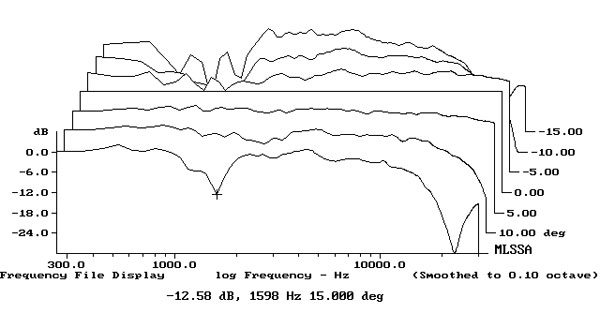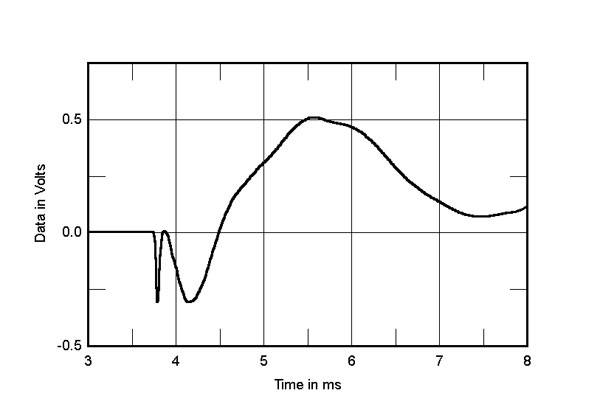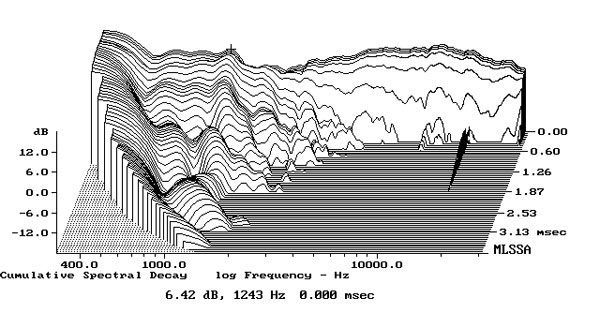| Columns Retired Columns & Blogs |
"....the bassoon that enters 13 minutes into the first movement of the Shostakovich: it's positioned in space with far greater precision than the wavelength of the fundamental tone would allow."
There are a few things where I find it useful to focus on a fundamental or a harmonic, but the whole tone and how it interacts with the room is the final arbiter for so many things.
